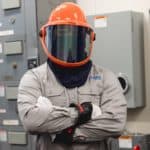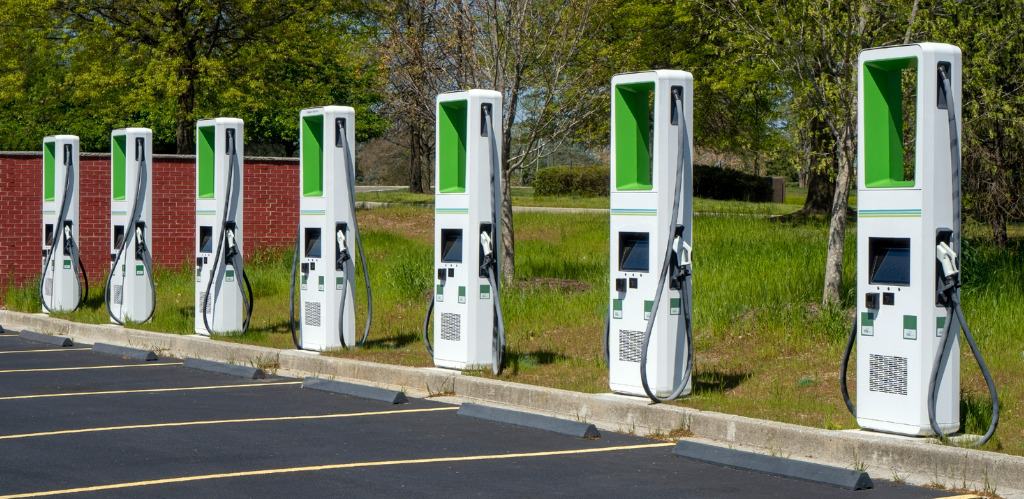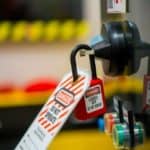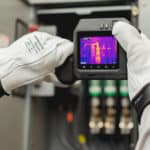Article Originally Featured in Occupational Health & Safety (OH&S)
Author: SCOTT CZARNECKI, CSP, CHMM, SEAM Group Senior Combustible Dust Consultant
To determine the most effective combustible dust hazard mitigation approach for new and existing dust collection system installations, a dust hazard analysis (DHA) conducted by a qualified person should be performed.
NFPA 652: Standard on the Fundamentals of Combustible Dust defines a qualified person as, ”A person who, by possession of a recognized degree, certificate, professional standing, or skill, and who, by knowledge, training, and experience, has demonstrated the ability to deal with problems related to the subject matter, the work, or the project.” For a DHA to be effective, it must analyze all the potential fire, deflagration and explosion scenarios associated with the process and connected ventilation system. The hazards associated with combustible dusts are complex.
Managing Risk
All too often, combustible dust collection systems are purchased and installed without the completion of a thorough DHA. Failing to conduct a dust hazard analysis is a common oversight and can lead to installations with unmitigated risks.
Do not allow vendors or contractors to increase your risk and liability. Equipment manufacturers might design systems for a range of applications, but they cannot know the conditions specific to your facility, creating risk to life and property.





